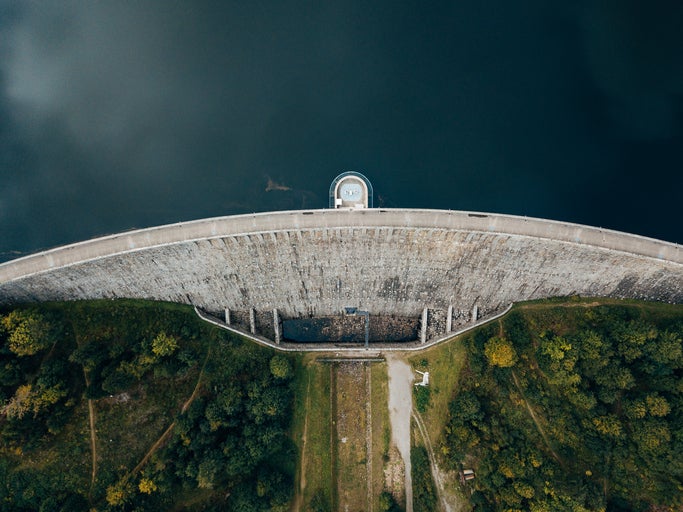
In 2022, only 34GW of the 45GW of hydropower capacity needed for net zero were installed, reports the International Hydropower Association (IHA).
Both the International Energy Agency and the International Renewable Energy Agency suggest an annual addition of at least 45GW of hydropower capacity is needed for a net-zero global energy system, notes the IHA in its latest report, published on 7 June.
This target has been met only once, in 2012, when 47GW were installed, the report states. Hydropower currently provides around 15% of the world’s energy.
“A huge amount of [hydropower capacity] is missing,” said the IHA’s head of research and policy, Alex Campbell, in a webinar on Wednesday.
“Where hydropower comes in is it plays a critical enabling role as we take away the carbon intensity of coal and gas,” he added.
According to the report, 4,408 terawatt-hours of electricity were generated from hydropower in 2022, an increase of 3.7% compared with 2021.

US Tariffs are shifting - will you react or anticipate?
Don’t let policy changes catch you off guard. Stay proactive with real-time data and expert analysis.
By GlobalDataAccording to the IHA, not only does new capacity need to be deployed, but the current hydro fleet is ageing. Almost half of global hydropower capacity is more than 30 years old and almost 40% is more than 40 years old.
The IHA identifies existing dams that are not being used to generate hydropower as a potential area of expansion. If the US was to retrofit non-powered dams this could increase the capacity of its hydro fleet by an additional 12GW, or 15% of current levels.
China led the way for installed hydropower capacity in 2022 with more than 24GW of capacity installed, including more than 8GW of pumped storage.
An alternative to wind and solar
Campbell called on policymakers to increase hydropower capacity as an alternative to “the inflexibility of wind and solar”. “Electricity markets need to reward the flexibility of hydropower, […] reward them for being there when it is really needed,” he said.
An additional 10.5GW of pumped storage capacity were added in 2022, compared with 4.7GW in 2021.
Interest in pumped storage has grown in recent years as renewables adopters struggle with the challenge of storing renewable electricity at scale. Pumped hydro stores and releases energy by moving water between two reservoirs, absorbing and generating electricity as and when it is needed.



